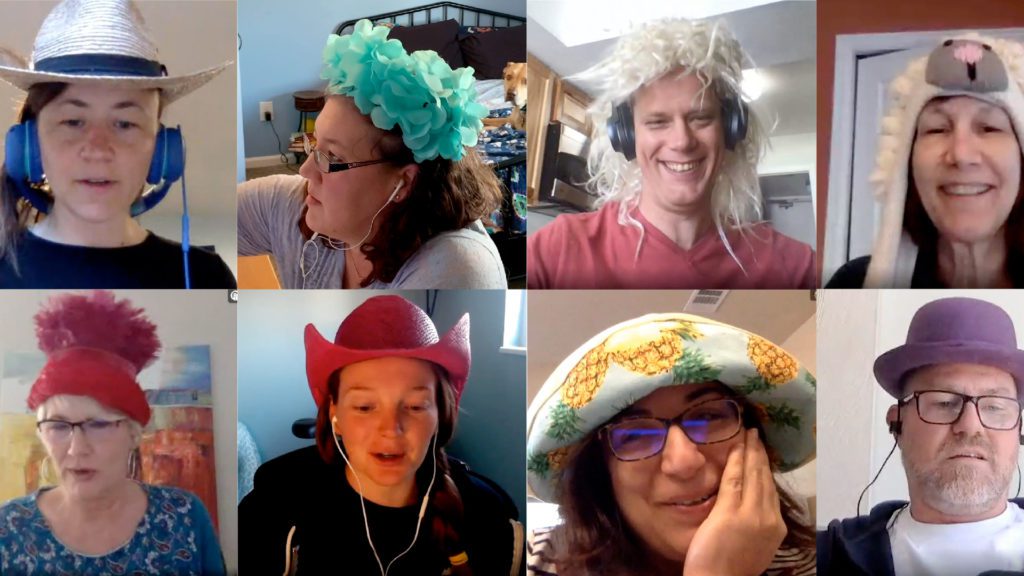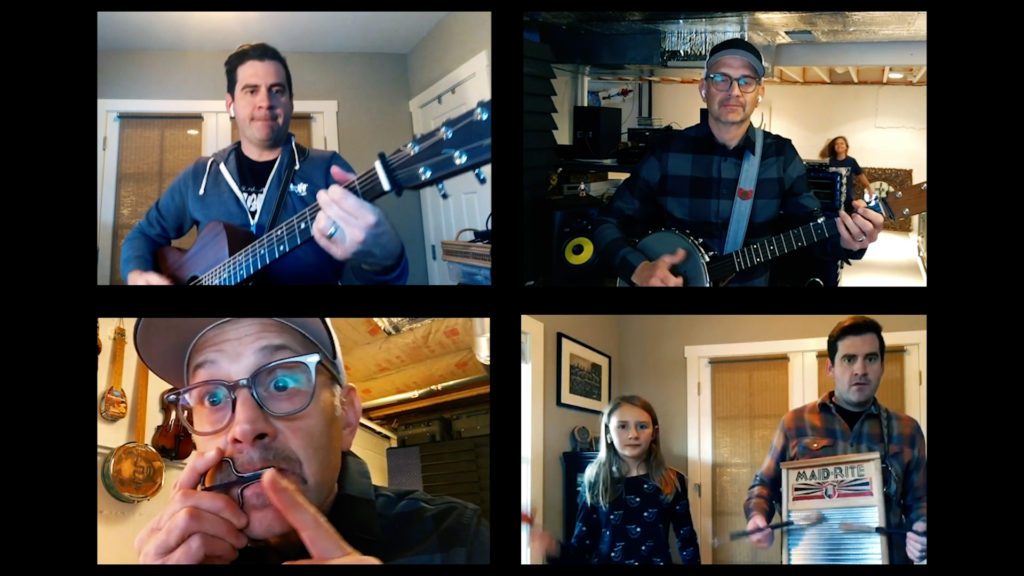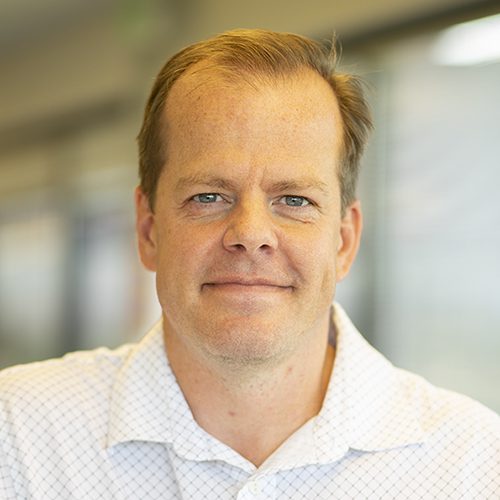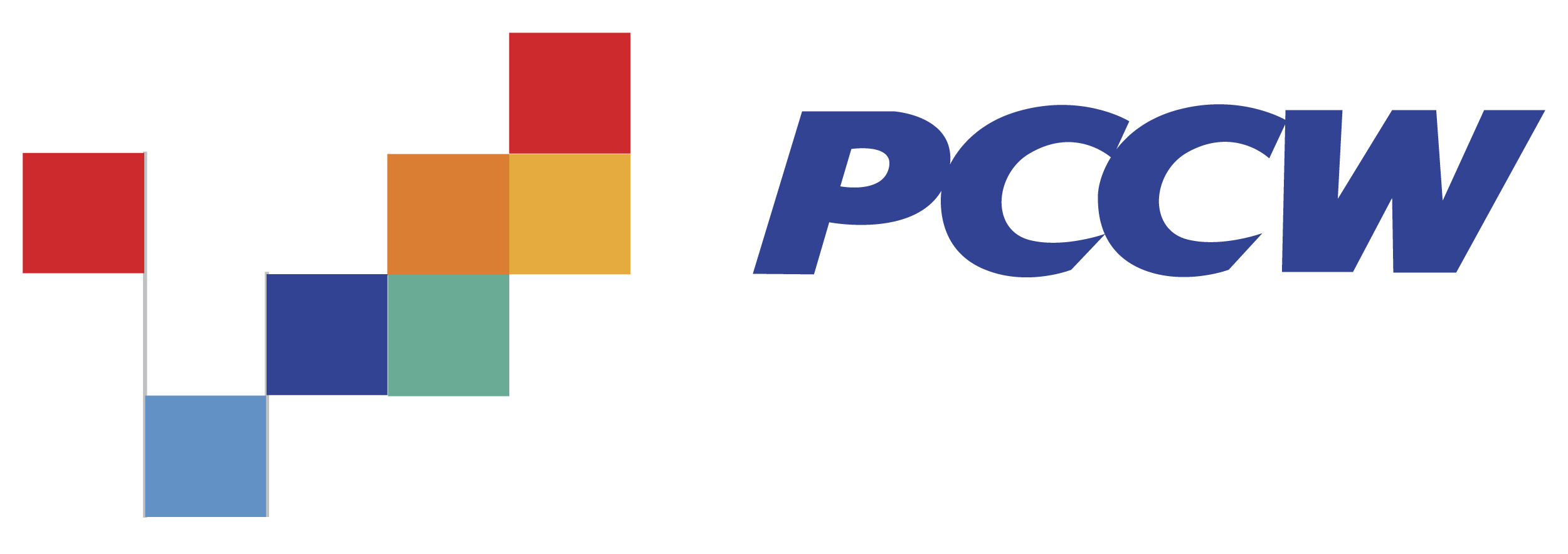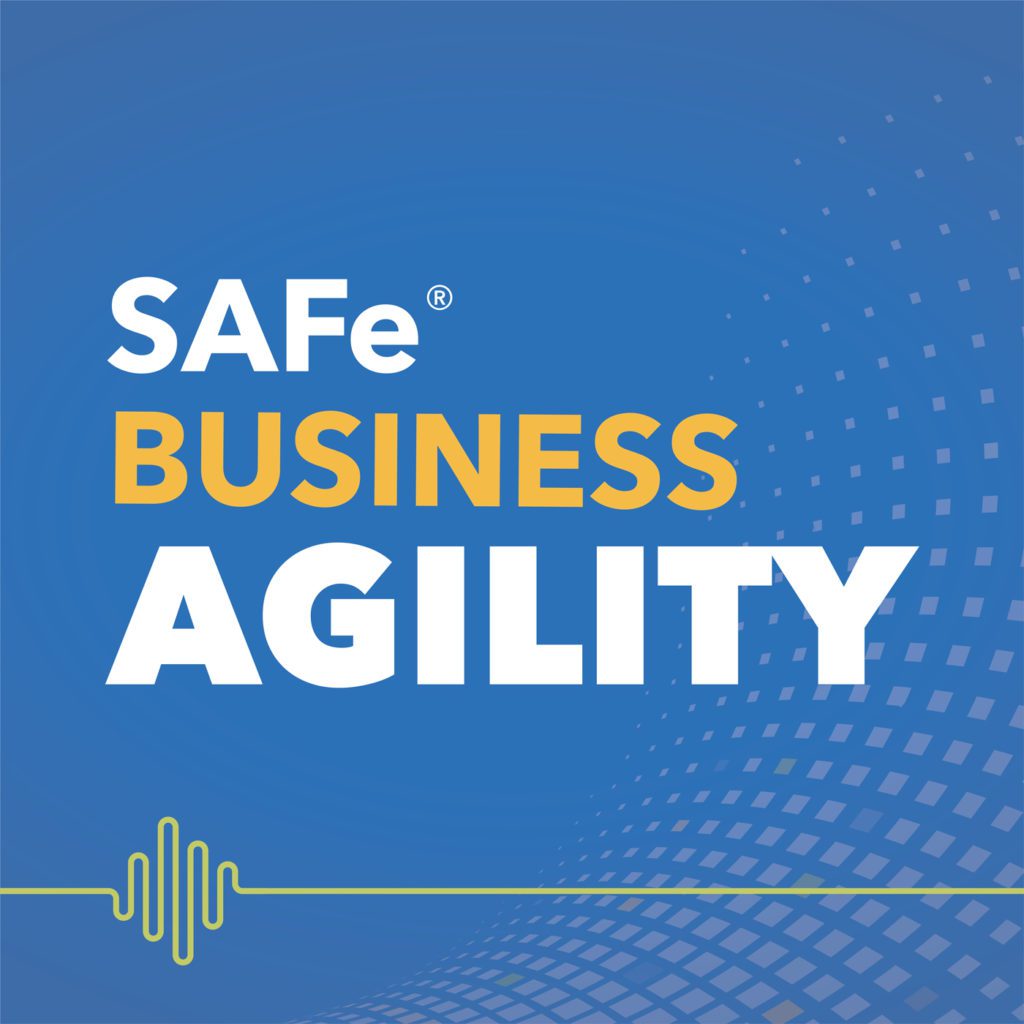
In this podcast episode learn how the Department of Defense is using artificial intelligence and SAFe to reduce queue lengths for background checks, and how a government agency is using SAFe and has transformed itself from lagging to a leading organization. We’ll also be addressing how to run remote problem-solving workshops, along with how to measure the impact of an Agile Release Train on the organization.
Click the “Subscribe” button to subscribe to the SAFe Business Agility podcast on Apple Podcasts
Share:
SAFe in the News
DoD Awards Contract to Break its Security Clearance Logjam by Barry Rosenberg, on BreakingDefense.com
By Barry Rosenberg
SAFe in the Trenches
Hear Dr. Steve Mayner, Principal Contributor to the Scaled Agile Framework and thought leader on Innovation and transformational leadership share his experience where government agencies transformed from a lagging to a leading organization.
Did you know that the Scaled Agile Framework has a resource section dedicated to the government? Visit it at scaledagileframework.com/Government/
Audio CoP
The Audio Community of Practice section of the show is where we answer YOUR most frequently asked and submitted questions. If you have a question for us to answer on air, please send it to podcast@scaledagile.com
The two questions we answer in this episode are:
- Has anyone successfully run an Inspect & Adapt session with a distributed team? Specifically, the problem solving workshop?
- What is the best way to measure the performance of an Agile Release Train and its impact on the organization?
Hosted by: Melissa Reeve

Melissa Reeve is the Vice President of Marketing at Scaled Agile, Inc. In this role, Melissa guides the marketing team, helping people better understand Scaled Agile, the Scaled Agile Framework (SAFe) and its mission.
Hosted by: Dr. Steve Mayner

Dr. Steve Mayner is an executive coach and Lean-Agile evangelist with a passion for cultivating transformational leaders and high performing teams. His 30-year career in business includes roles as Vice President in multiple Fortune 500 companies, as well as Chief Technology Officer for an Internet startup. Steve has been a thought leader and change agent for Lean-Agile and DevOps adoption within the federal government. He was responsible for the first official use of the Scaled Agile Framework® (SAFe) in a government program, which led to the successful turnaround of a large, mission-critical Department of Homeland Security mainframe modernization initiative. In his current role as a SAFe Fellow for Scaled Agile, Inc., Steve is using his experience as an innovator, strategist, and transformational leader to help the largest enterprises around the world implement Lean-Agile and DevOps at scale. Steve holds a Doctor of Business Administration in Strategy and Innovation, as well as Masters degrees in Business Administration and Divinity, and a Bachelors in Education. He retired in 2003 as a commissioned officer in the reserve component of the US Air Force. He is married with five children and three grandsons. He lives in Southern Maryland, and is an avid golfer, runner, cyclist, and backpacker.
